Discovering 16 ethereal birds that mesmerize with their exquisite beauty!
Nature does not stop surprising us as more and more species of different animals are discovered around the world. Among these are exotic and special birds that over the years have become a focus of interest for scientists, researchers, and bird watchers alike, thanks to the variety and unique appearance of these winged creatures.
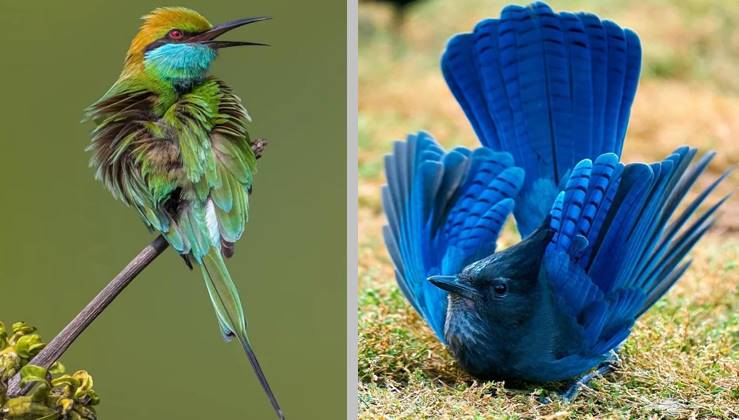
On Earth, we can meet birds of many different colors, from ones that look like tiny cotton balls to ones that wear almost all shades of the rainbow on their feathers. We just can't stop thinking about how much nature loves to experiment with their coats, so we suggest you admire some of their most incredible looks together.
We would like to share 16 photos of gorgeous birds that will satisfy your hunger for beauty.
2 / 18
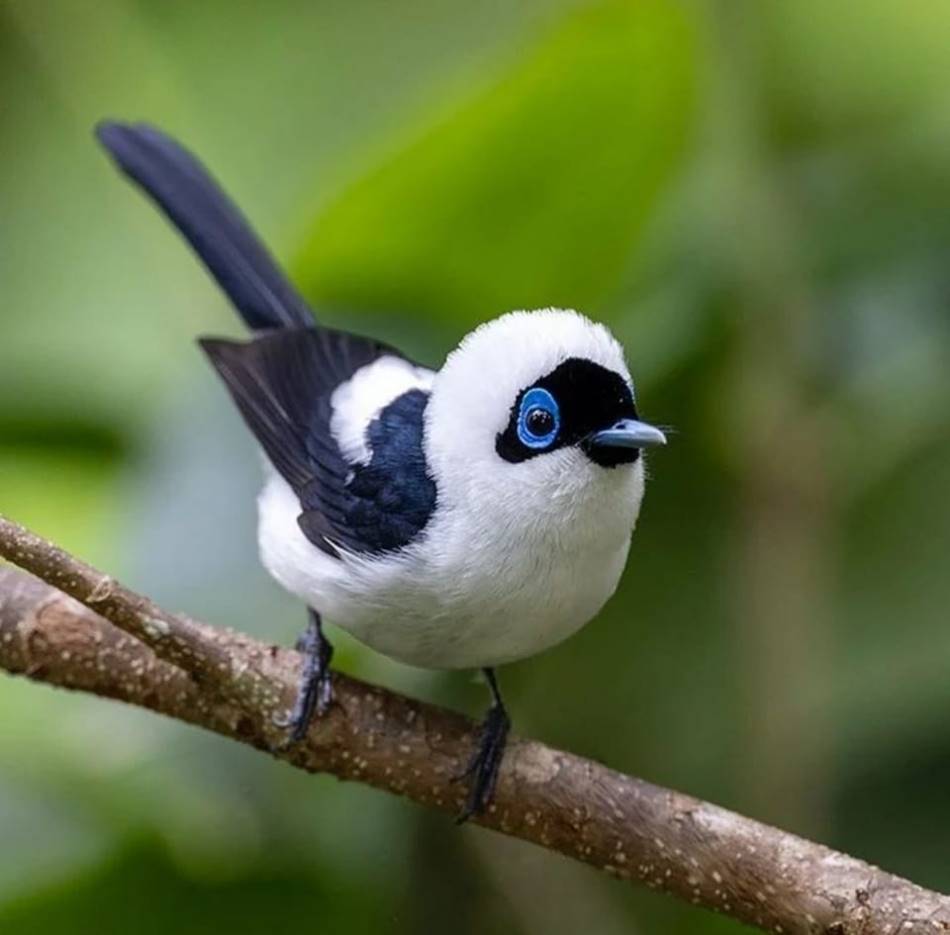
Frill-necked Monarch: The Frill-necked monarch (Arses lorealis), is a species of monarch flycatcher in the Monarchidae family. It is endemic to the rainforests of the northern Cape York Peninsula. It was considered a subspecies of the related frilled monarch (Arses telescophthalmus) for many years before being reclassified as a separate species in 1999 by Schodde and Mason, and upheld by Christidis and Boles in 2008.
The frill-necked monarch measures around 14 cm (5.5 in) in length, and the neck feathers can become erect into a small frill; the male is predominantly black and white, and can be distinguished from the similar and more common pied monarch by its all-white breast-the latter species having a broad black breast band. The throat, nape, shoulders, and rump are white while the wings and head are black.
3 / 18
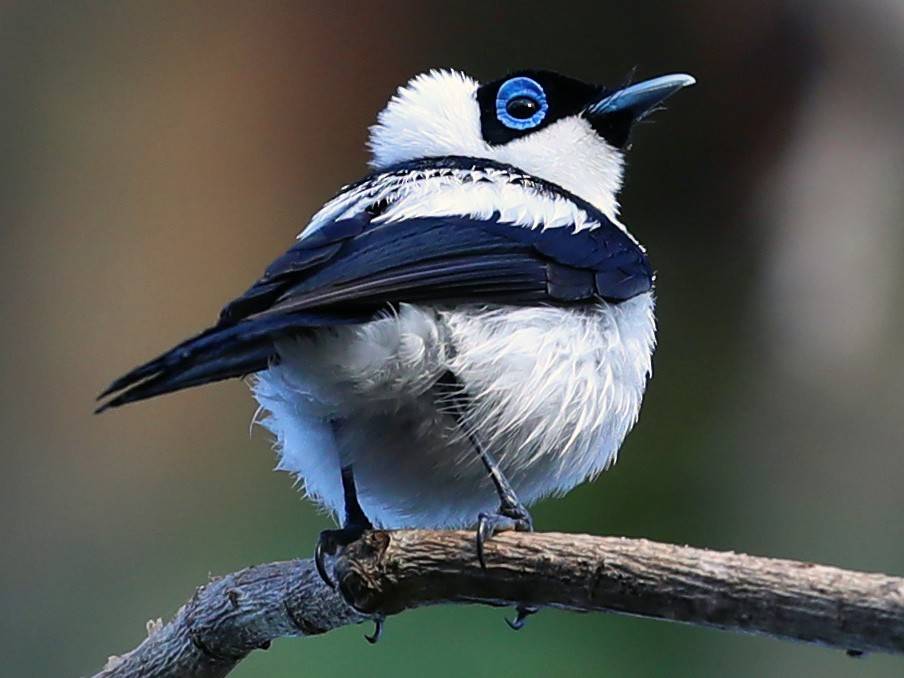
The range is the from the top of the Cape York Peninsula southwest to Weipa, and southeast as far as the Iron Range and Coen.
Its natural habitats are subtropical or tropical moist lowland forests and subtropical or tropical moist montane forests. Breeding season is November to February with one brood raised. The nest is a shallow cup made of vines and sticks, woven together with spider webs and shredded plant material, and decorated with lichen. It is generally sited on a hanging loop of vine well away from the trunk or foliage of a sizeable tree about 2–10 metres (6.6–32.8 ft) above the ground. Two pink-tinged oval white eggs splotched with lavender and reddish-brown are laid measuring 19 mm x 14 mm.
4 / 18
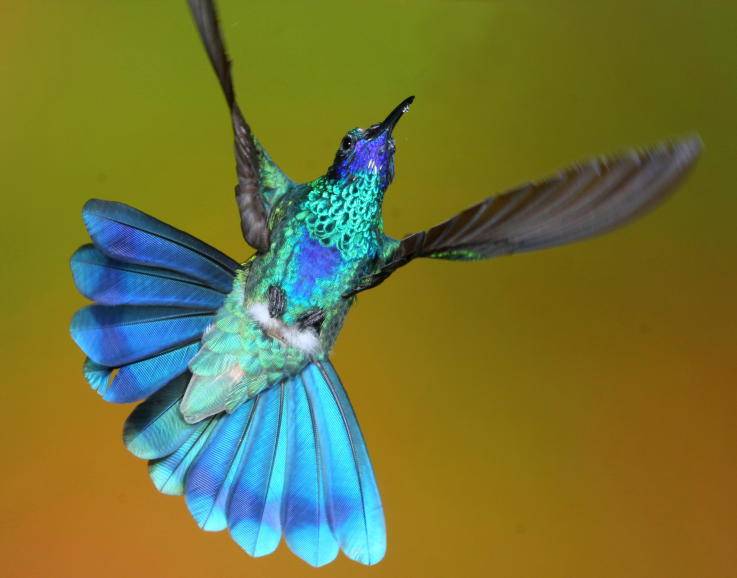
Sparkling Violetear: The sparkling violetear (Colibri coruscans) is a large species of hummingbird, which is very vocal and territorial. The sparkling violetear is quite frequently seen in a wide range of semi-open habitats including gardens and parks within major cities. Quito in Ecuador is one place where this bird is seen and it is the commonest species of hummingbird in its range. The sparkling violetear is found in widespread populations across the highlands of northern and western South America, including the Andes, the Venezuelan Coastal Range, and the tepuis. The sparkling violetear is a hummingbird of the Trochilidae family.
It is part of the Colibri genus, a part of this family, that has four known species, namely the sparkling violetear, brown violetear, white-vented violetear, and green violetear.
5 / 18
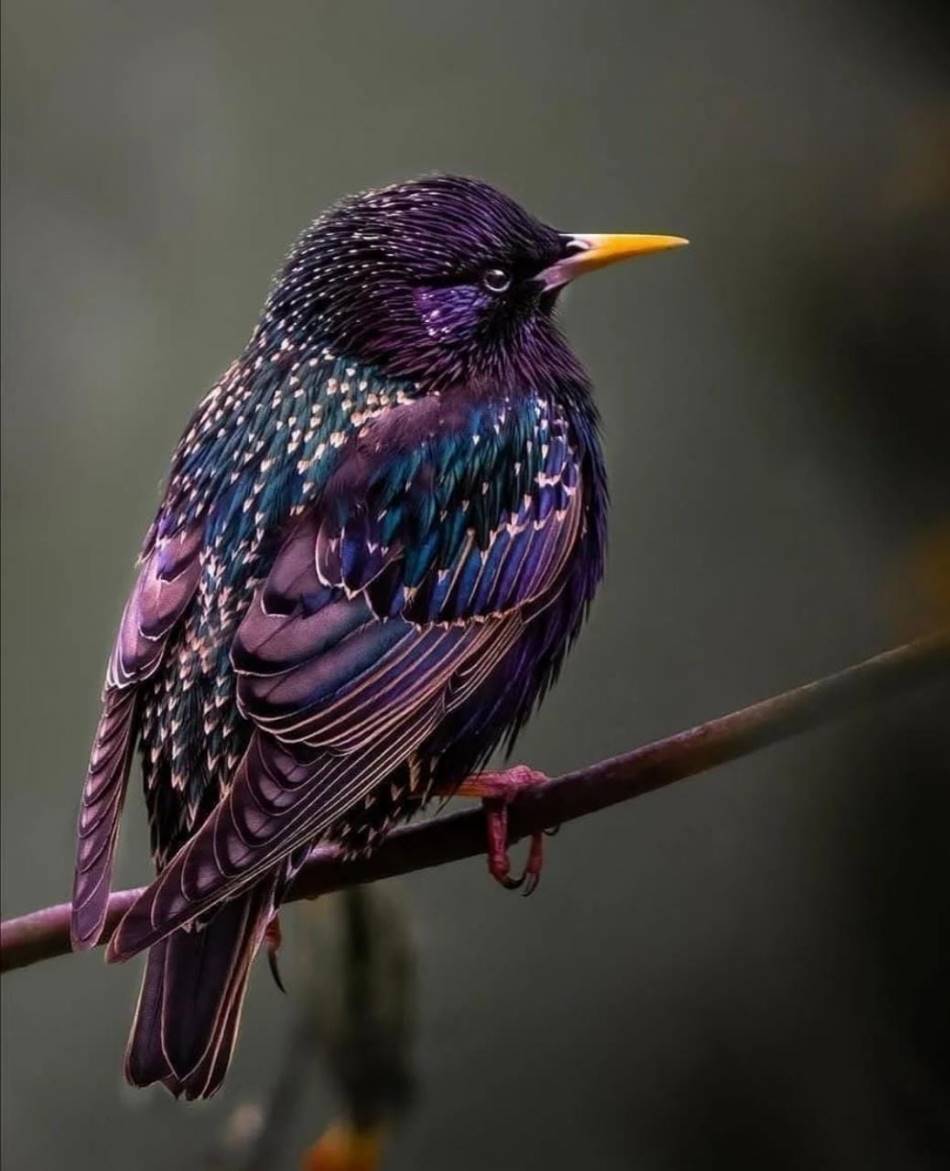
uropean Starling: The European Starling Sturnus vulgaris is found in all but one of the world's six biogeographical realms, excepting (so far) the Neotropics. Dispersed mainly over its natural Palearctic region (from Central Siberia in the east and the Azores in the west to Norway in the north and the Mediterranean in the south), starlings were introduced to North America in 1890.
Of the one hundred starlings released that year in New York City, only fifteen pairs survived. Over the next hundred years, starlings would increase a million-fold from the original fifteen. Because of their wide range of ecological tolerance, these birds were able to rapidly expand their range across the United States. The European Starling is found today sprawled from the Atlantic to the Pacific (east to west) and from Southern Canada to Northern Mexico (north to south). (Craig and Feare 1999; Feare 1984; Kahane 1988). The European Starling is a bird of lowlands, found mainly on non-mountainous terrain.
During breeding season, these birds require holes for nesting, as well as fields of vegetation for feeding. For the remainder of the year, the starling utilizes a larger range of habitats, from open moorland to salt marshes. The usual nesting sites are holes and crevices in trees, buildings, and rooftops. Starlings too plunder on other
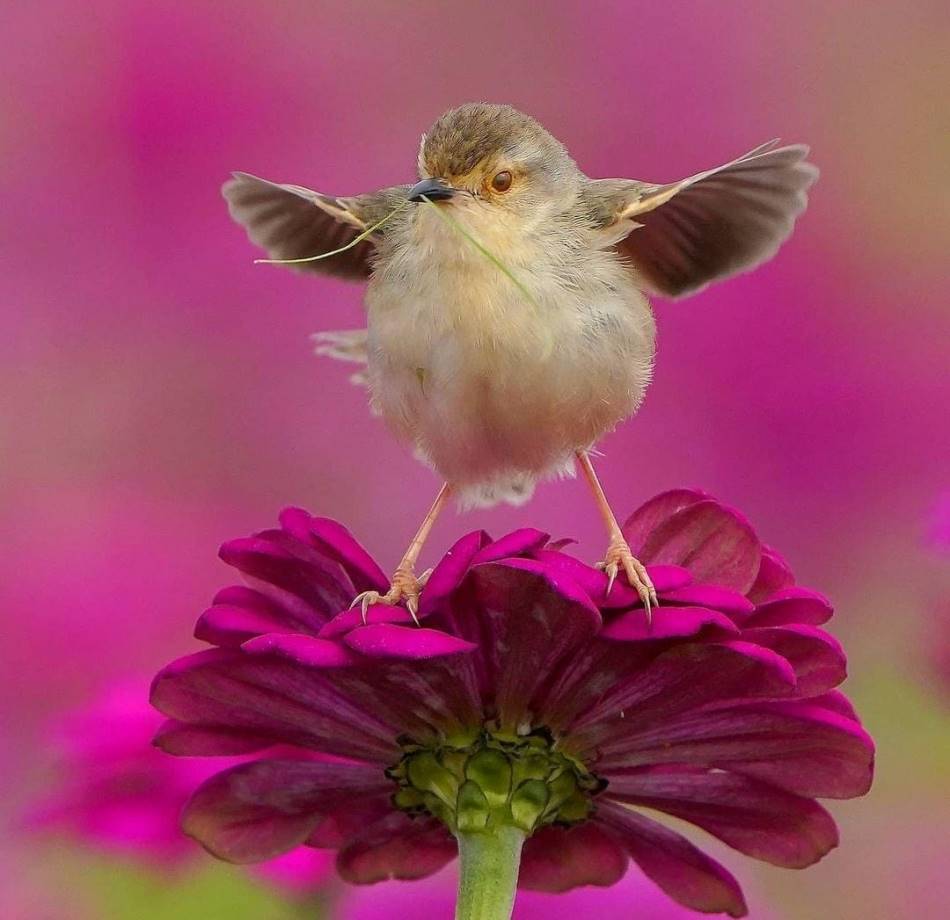
Tawny-flanked Prinia: It is usually the call of this small bird that first draws attention, as it is at first sight rather unremarkable to look at and usually blends pretty much unseen into the dusty grasses and bushes.
They are quick movers, and don't sit around waiting to be observed and described – except perhaps when singing their hearts out.
7 / 18
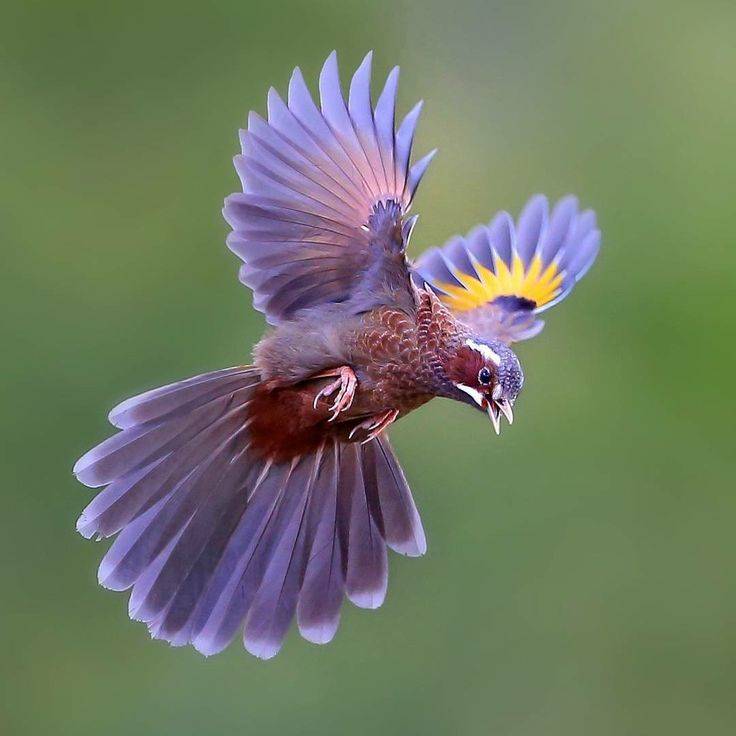
White-whiskered Laughingthrush or Formosan Laughingthrush (Garrulax morrisonianus): The white-whiskered laughingthrush or Formosan laughing thrush (Garrulax morrisonianus) is a species of bird in the family Leiothrichidae. It is endemic to montane forests of the island of Taiwan. White-whiskered laughingthrush is a large (26 to 28 cm (10 to 11 in) long) laughingthrush with a distinctive face pattern.
The bill is thrush-like and yellowish to horn-colored. The eyes are black. The legs are strong and brownish pink. The mean body weight is about 77 grams (2.7 oz). It is a sociable species that often occurs in large groups. It is not necessarily afraid of humans. White-whiskered laughingthrush is a somewhat common species in Taiwan, with an estimated population size between 10,000 and 100,000 breeding pairs. Although its population is believed to be decreasing because of habitat destruction and fragmentation, it is not considered a vulnerable species.









